The Year’s Best Is Coming – When and How To Watch the Geminid Meteor Shower
7th Dec 2023
The annual Geminid meteor shower peaks this month. Everyone knows about the Perseid meteors that arrive each August, but the Geminids are under-appreciated even though they often produce the year’s best meteor event.
What Is the Geminid Meteor Shower?
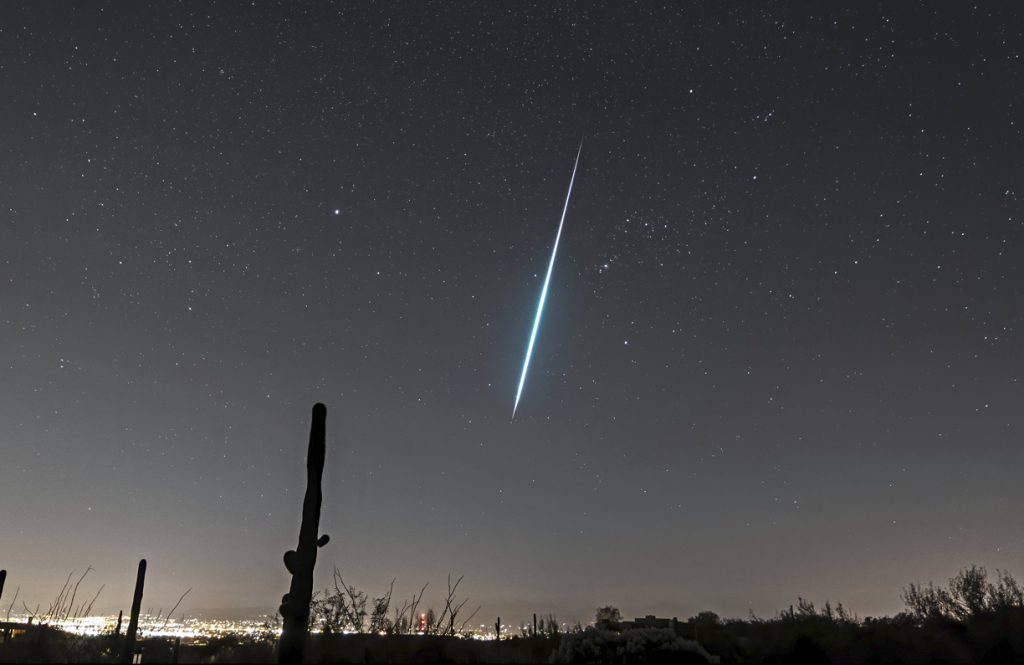
The Geminid meteor shower stands out as one of the most vibrant and dependable cosmic displays of the year! With meteors shooting across the sky at a rate of about one or two every minute, it’s a celestial extravaganza.
Its unique attribute lies in its extended visibility throughout the night, a departure from customary meteor showers that typically peak sharply closer to midnight or during the pre-dawn hours. Notably, the Geminids commence their captivating display soon after nightfall, ensuring an enduring spectacle.
The constellation Gemini is the radiant point for the Geminid meteor shower, signifying its originating locus. Meteors emanate from this constellation, creating a mesmerizing spectacle as they appear to diverge away from the celestial backdrop of Gemini.
When Does the Geminid Meteor Shower Peak?
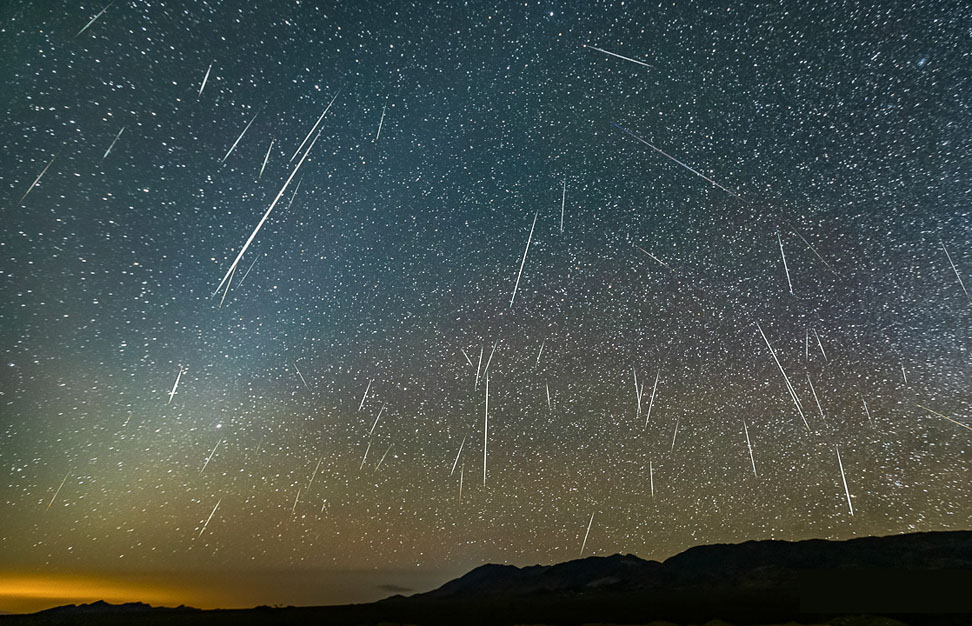
Mark your calendars for the evening of 14th December 2023, as the 2023 Geminid meteor shower reaches its zenith, with meteors also gracing the skies on 13th December. A waxing crescent Moon won’t hinder the darkness of the skies, rendering this year’s shower particularly conducive to optimal viewing experiences.
Meteor Counts & Optimal Viewing Times for the Geminids
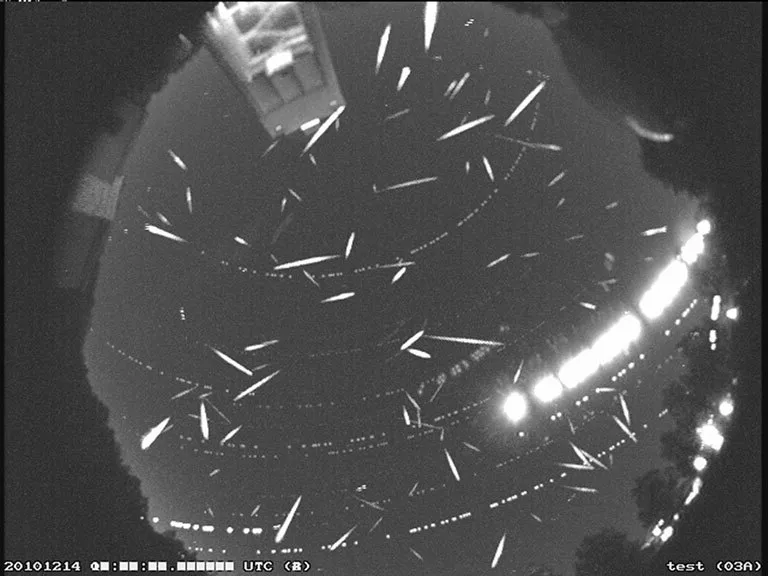
Estimating the Geminid meteor shower’s zenithal hourly rate at 120 might seem promising, but in reality, witnessing that many meteors could be quite a rarity. However, during the peak around 2 a.m. local time, under a dark sky, you could delight in observing an impressive count of 50 or more meteors per hour. And if conditions align optimally during the Geminids’ peak, the meteor count might soar to an incredible 120 or even surpass that mark—an astronomical treat to anticipate.
Notably, while this shower primarily favours the Northern Hemisphere, it still graces the skies of the Southern Hemisphere. The enigmatic rock comet known as 3200 Phaethon serves as the progenitor of the Geminid meteor shower.
How to Watch a Meteor Shower? 5 Tips from Experts
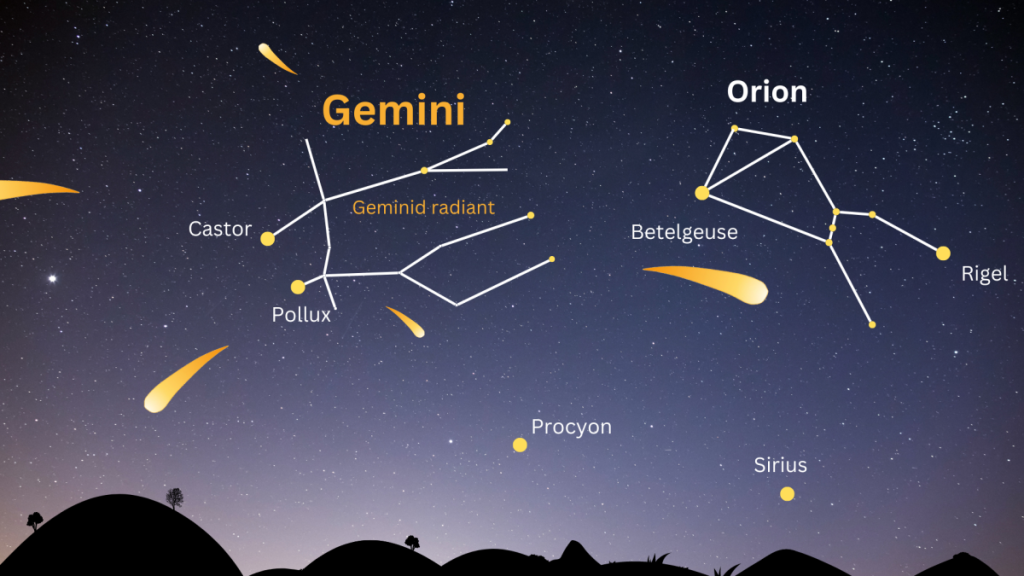
All you need to watch a meteor shower is your eyes, patience, and a primarily cloud-free night. However, there are some other things you might want to consider:
- First things first—when you’re serious about spotting meteors, look for a dark, wide-open sky.
- Bring your friend! Watching from different angles doubles your chances.
- Patience is key. Give yourself a solid hour (or more) for the show. It takes roughly 20 minutes for your eyes to adjust fully to the dark and catch those sneaky meteors.
- Heads up: Meteors tend to show up in bursts, with quiet moments in between. Keep your eyes peeled!
- No need for professional gear here! Toss in a cosy sleeping bag for warmth, and pack a thermos with a toasty drink and some snacks for good measure. Find yourself a chill spot—a hammock, a comfy chair, or just sprawl on a blanket. Kick back, look up, and let the meteors put on their cosmic dance all across the sky. Enjoy the show!
Where Do Meteors Come From?
The Geminid meteor shower owes its existence to the asteroid 3200 Phaethon, a celestial oddity compared to the typical comet origins of most meteor showers. But what sets comets and asteroids apart?
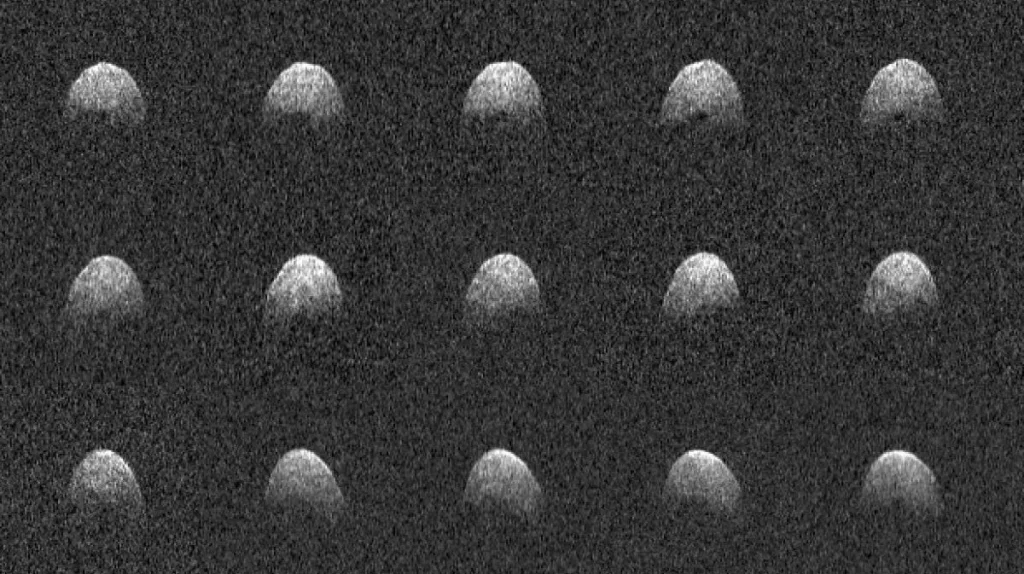
Comets, often termed “dirty snowballs,” possess a solid nucleus veiled by ice that transforms into gas when the comet approaches the sun. They’re relatively light, with a density just slightly greater than water, orbiting the sun in elongated paths that take them near and far from its fiery embrace. When close to the Sun, a comet displays a coma—a hazy glow around its nucleus—while at a distance, most appear star-like, revealing only the nucleus through a telescope.
In contrast, asteroids are rocks, typically following more circular orbits than comets. When observed through a telescope, asteroids resemble stars.
These distinctions held ground until recent decades when larger telescopes unveiled asteroids far from the sun that, upon nearing it, developed comas and tails. This led to a change in classification, as objects once labelled asteroids became reclassified as comets. Consider Chiron, a peculiar find initially dubbed an asteroid in 1977 but rebranded a comet in 1989 when it sprouted a coma. It completes a solar orbit every 50 years, traversing from just within Saturn’s orbit to that of Uranus.
So, while something initially deemed an asteroid can earn the comet badge, can the reverse occur? Indeed. A comet can lose its volatile materials, essentially going dormant or even becoming extinct. When these materials become trapped beneath the surface, the comet ceases its volatile behaviour. Enter the asteroid 3200 Phaethon, a prime example of either a dormant or extinct comet, blurring the lines between the two celestial categories.






Thank you for your comment! It will be visible on the site after moderation.